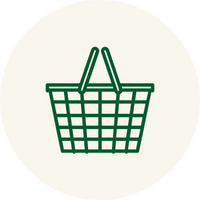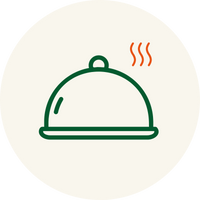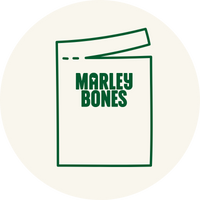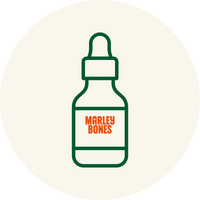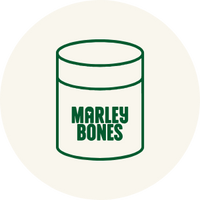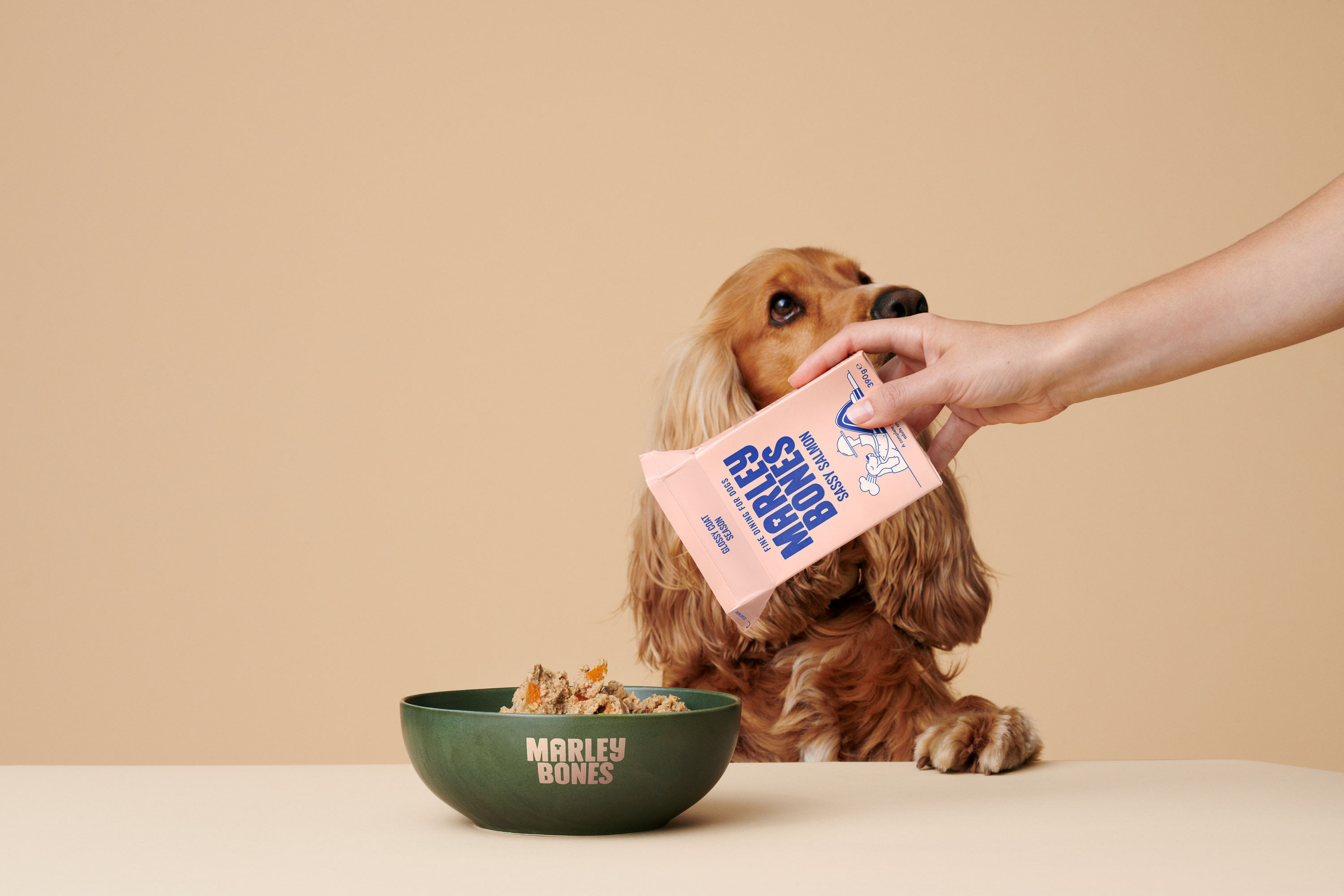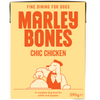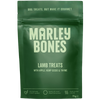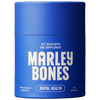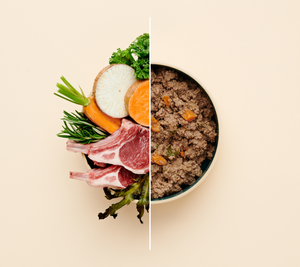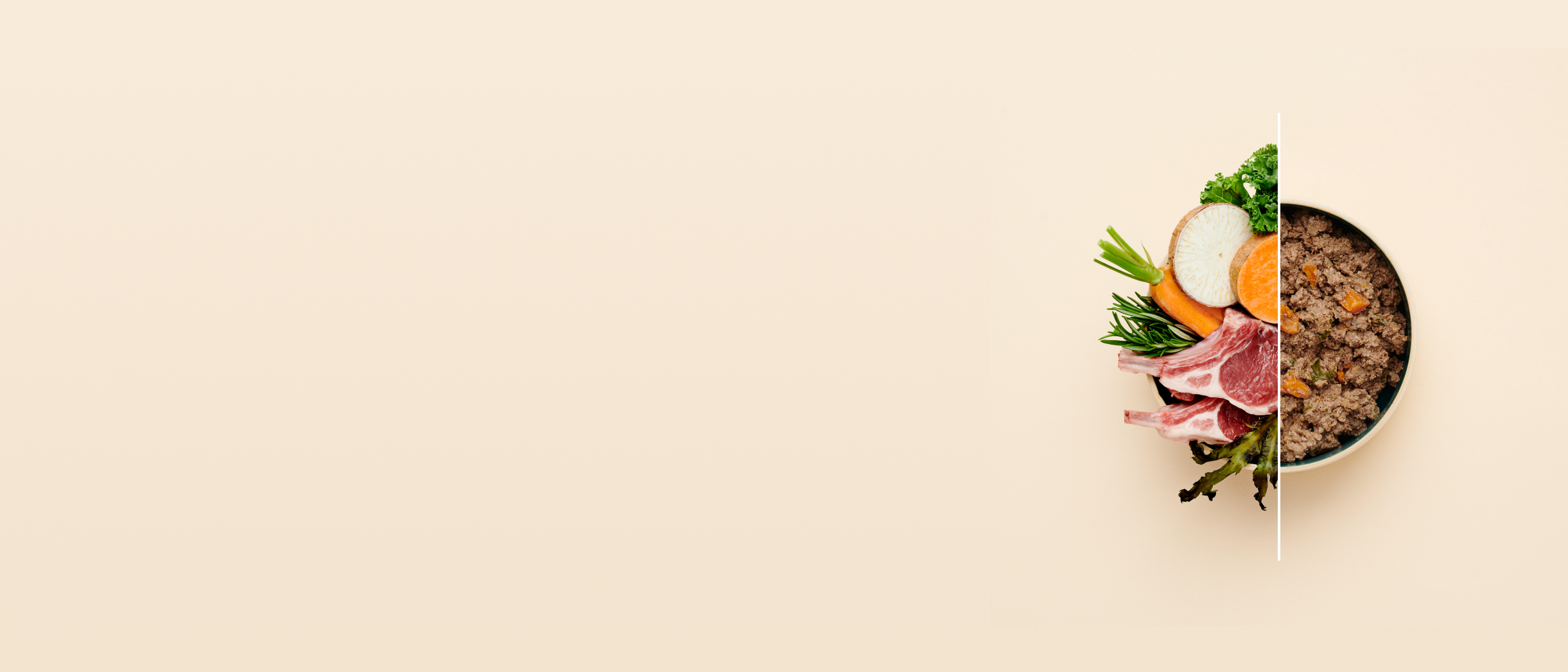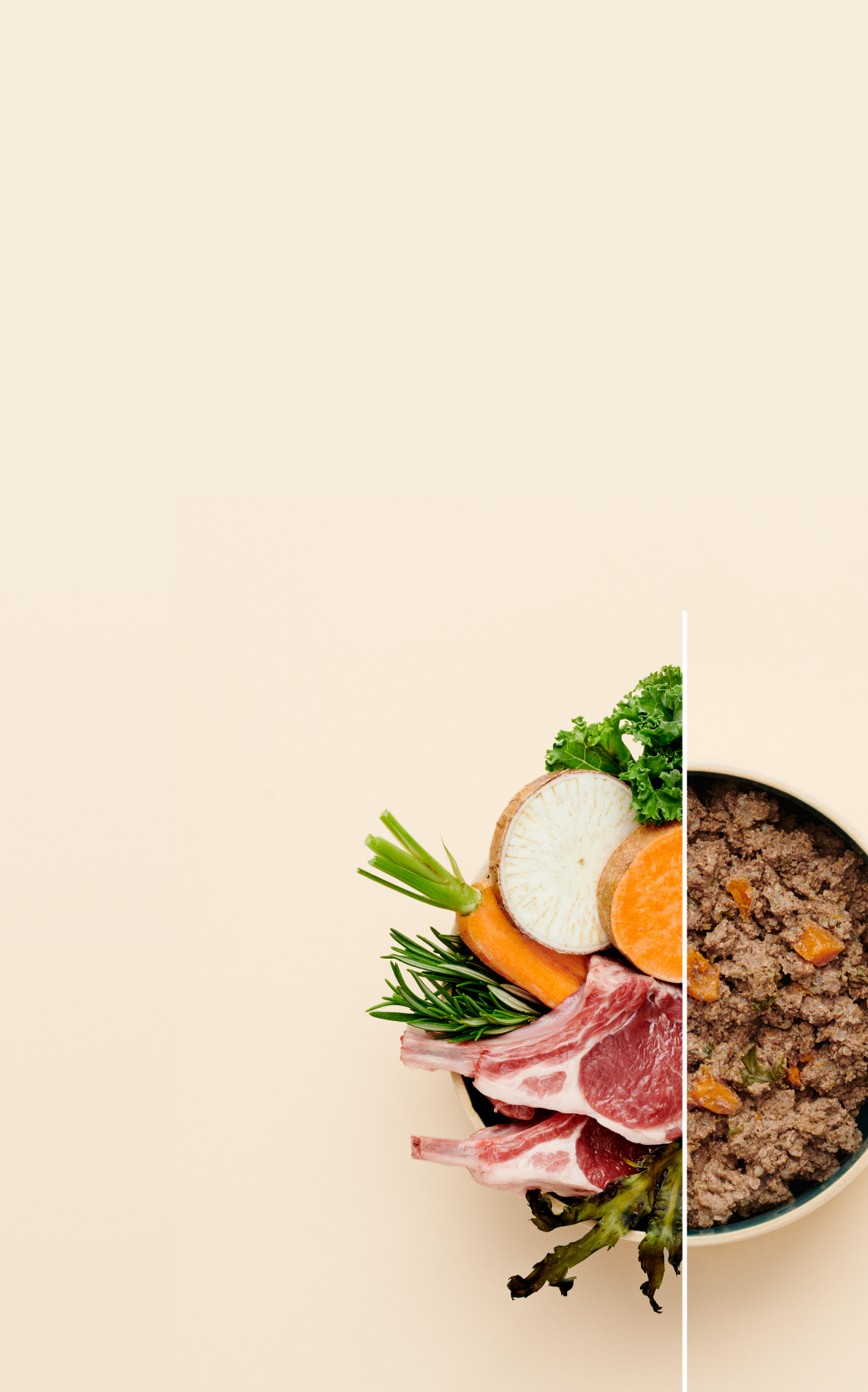Why Your Dog Shouldn’t Eat Too Fast — And How to Slow Them Down
Many dogs eat as though someone’s about to snatch their bowl away. While it might seem harmless — even amusing — this gulping behaviour can actually put your dog at risk of several health problems. From indigestion and bloating to choking hazards and life-threatening conditions, eating too fast is more than just bad manners.
If your dog regularly finishes meals in seconds flat, it's time to look a little closer at how you can slow them down — for their health and happiness.
The Dangers of Eating Too Quickly
When a dog eats too fast, they often swallow large amounts of air along with their food. This can lead to a number of uncomfortable — and potentially dangerous — outcomes. The most serious of these is bloat, also known as gastric dilatation-volvulus (GDV), which is especially common in large, deep-chested breeds. In cases of GDV, the stomach fills with gas and may twist, cutting off blood supply and requiring emergency veterinary intervention.
Aside from this severe risk, fast eating can also cause choking, vomiting, and gastrointestinal discomfort. Hard kibble or treats that aren’t properly chewed can become lodged in the throat, while swallowed air leads to gassiness and bloating. Some dogs may also suffer from aerophagy — excess air intake — which contributes to ongoing digestive issues and discomfort.
And then there’s the behavioural side of things. Dogs that gulp their meals may not feel satisfied afterwards. This can trigger scavenging behaviour, begging, or even food aggression, especially in multi-pet households. Over time, this sort of routine can contribute to poor eating habits and weight gain.
Why Slower Eating Matters
Helping your dog slow down at mealtime isn't just about preventing bloat or choking. It also supports better digestion, promotes a sense of satiety, and turns feeding into a more mentally enriching activity. Dogs enjoy working for food when it’s offered in the right way — and the act of eating slowly can become a healthy ritual, rather than a frantic frenzy.
The good news is that with a few mindful changes, you can significantly reduce the risks associated with fast eating, all while making mealtimes more enjoyable.

Encouraging Slower Eating: Practical Strategies
One of the simplest and most effective ways to slow your dog’s eating is by changing how you feed them. Specialised feeding tools — like slow feeder bowls or puzzle feeders — are designed to create physical barriers that prevent dogs from wolfing down their food. These devices require your dog to eat around ridges or solve simple problems to access their meal, turning a quick bite into a brain game.
Another helpful approach is to feed smaller meals more often. Breaking the daily food allowance into three or four small portions can help prevent that overwhelming hunger that drives frantic eating. A basic feeding schedule might look like:
- Morning (7am): small portion
- Midday (12pm): small portion
- Evening (5pm): small portion
This routine allows digestion to take place more smoothly and reduces the urgency dogs often feel when eating only once or twice a day.
You should also take note of your dog's eating environment. A calm, quiet setting can make a surprising difference. Avoid feeding near noisy rooms, high-traffic areas, or alongside other pets if there’s competition or tension. Feeding separately, in a consistent space, can help create a sense of security that encourages slower, more relaxed eating.

When To Speak To Your Vet
If you've tried various strategies and your dog still gulps their food at high speed, it may be time to seek professional advice. A veterinarian can rule out underlying medical conditions, such as nutrient malabsorption or hormonal imbalances, which might drive insatiable hunger.
They can also recommend feeding techniques and dietary plans suited to your dog’s specific breed, age, and health background. In some cases, an underlying behavioural issue may be contributing to fast eating, and this too is something your vet can help address.
The Final Woof
Helping your dog to eat at a healthier pace isn’t complicated — and it doesn’t take long to see the benefits. From improved digestion and reduced risk of bloat to better behaviour around food, the positive effects can be significant.
Whether you're using puzzle bowls, adjusting portion sizes, or simply feeding your dog in a quieter space, these small changes can make a big difference. It’s all about encouraging a steady, satisfying rhythm that supports both physical health and emotional well-being.
Because sometimes, the best thing you can do for your dog is simply help them slow down.
